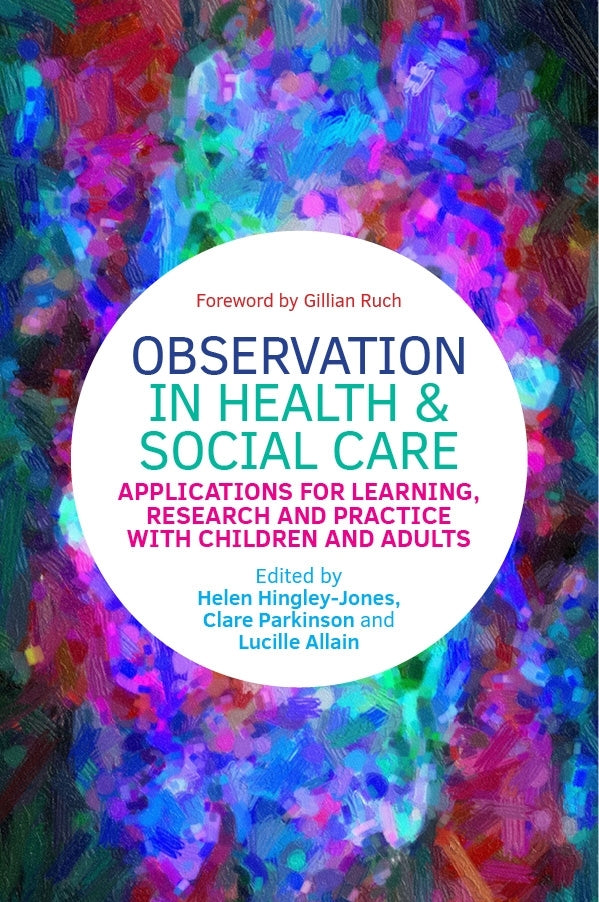
Press Reviews
Helen Cosis Brown, Visiting Professor of Social Work, Institute of Applied Social Research, University of Bedfordshire
The relationship between psychoanalytic ideas and health, and social care/work, has sometimes been, at best ambivalent, and at worst fraught. This book creates a coherent dialogue between the thinking underpinning psychoanalytic baby and young child observation, and the worlds of: health and social care/work practice; social care/work and health education; and research. This is an exciting, ambitious venture, and one from which academics and practitioners can learn and benefit.
Biddy Youell. Consultant Child and Adolescent Psychotherapist. Tavistock and Portman NHS Foundation Trust
Comprehensive and accessible: this volume is a welcome addition to the existing literature on psychoanalytic observation and its applications. The editors offer an overview of the theoretical framework and past development of the subject, whilst wide-ranging contributions bring the topic right up to date. The publication is timely, providing a convincing argument for observation skills and relationships at the heart of professional practice.
Professor Harry Ferguson, Professor of Social Work, University of Nottingham
Using observation in working with service users and patients and in research is central to good practice. This excellent book places observation under observation and provides countless insights that will help health and social care professionals to understand the importance of observation in their work and how it can be done in thoughtful ways that have real benefits for those they work with, themselves and their organisations. It is essential reading for students, practitioners and researchers across the health and social care professions.
Lisa Warwick
Journal of Social Work PracticeI would recommend this book to a range of audiences, and primarily anyone interested in observation as a method in the realm of health and social care. In more specific terms, I would recommend to practice educators, lecturers and researchers, as the book may be beneficial in terms of refreshing oneself on the value of observation, and also on how to cultivate meaningful and constructive observations and post-observation reflections with students. I would also recommend the book to students and practitioners who want to engage with an articulate but not overly-complicated overview of observational methods in health and social care. Research students interested in observational methods in health and social care will also find this text to be particularly useful. The book examines theory and contemporary practice in a digestible and engaging format, offering fresh observations on observatory methods.
